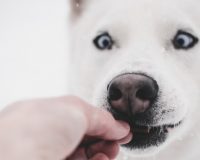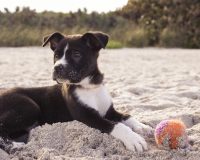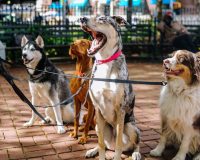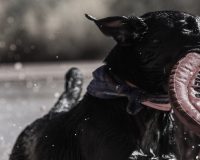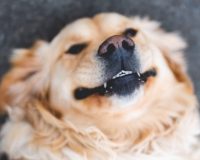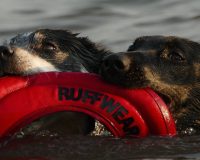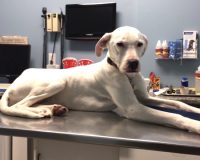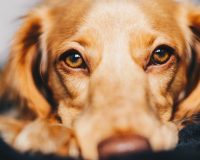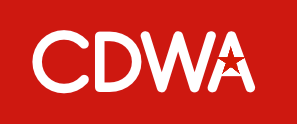Municipalities across Canada have done an exemplary job providing professional dog handlers, owners and the general public with access to designated, dog-friendly parkland. All of this beautiful space is ours to use freely, but with some important safety caveats.
Designated off-leash areas include designated dog parks, beach areas and green, wood chip or pea-gravel spaces. Most have city-built fencing to keep the dogs safely inside the boundaries to eliminate the incidence of bolting or lost dogs.
On-leash areas include public-use parks and trails and, of course, sidewalks. Keep dogs leashed at all times, without exception, in these areas. There are a quantity of excellent reasons why this law must be upheld by owners.
Find your community’s bylaws.
Off Leash parks are, bar none, just awesome for puppies, socialized dogs, owners and pet practitioners. Every creature in the place experiences the joy and antics of dogs marathoning and in play at full-tilt.
For dogs and humans, there is a playbook to adhere to—park etiquette. Very much like England’s High Tea ritual, the etiquette expected in a public space like a leash-free area is rather involved, yet the subjects are as far removed from that scenario as one could imagine. No one has yet to collect poop with an northward-facing pinky, so let’s just get down to the brass.
Socialization and Play—Dogs in DOLAs
In general terms, dogs are there to play with each other. Balls, toys and accoutrements are often discouraged because they pose risks of resource guarding, squabbles, and choking or fatality, when swallowed. As well, most humans don’t want to dedicate all their time to coax another’s toy from their dog’s mouth repeatedly—so consider putting balls and toys away when at the park if it gets problematic for your pup or others.
Poop and Hall Monitoring—humans in DOLAs
Park users are responsible for clearing the park of feces. While users are aware of this, there is pervasive resistance to pick up stray piles when they aren’t seen to belong to one’s own dog. Please pick it up anyway. If it’s there, it will end up on your shoe, on your dog and in your home. Either way, go the extra mile and pick up any poop you see. Parks are not maintained by City staff or pet professionals. Park hygiene falls upon everyone.
In the case of runny poop or vomit, it’s even more critical to pick it all up, with a healthy margin around. Both can contain harmful bacteria that will make your or another’s dog sick and invite a vet bill.
In leash free zones, humans are responsible for the behaviour of their dogs. It’s always wise to put the phone away and stay close to your pup—not just to monitor/mitigate their actions, but also to prevent actions against your pup by another. Management is best done when awareness is high.
Park Improvements
There are a number of initiatives that municipalities and pet professionals partner on, concerning the parks. Continued work on park surfaces/drainage and the inclusion of dog stimuli/attractions, to name a couple.
Keep the leash handy, eliminate the risk
When dogs don’t see eye to eye and an issue emerges, leash for a time out to reset the pups and move to another area of the park. If they bee-line for each other again, then it’s time to go.
Still have questions? Ask the CDWA.



